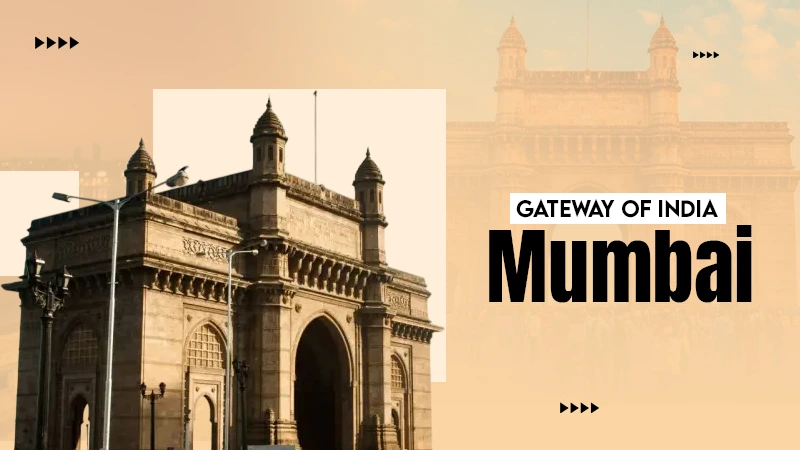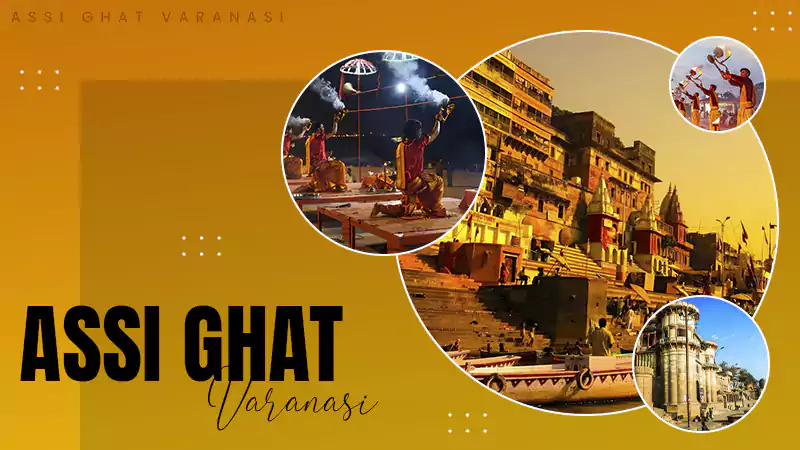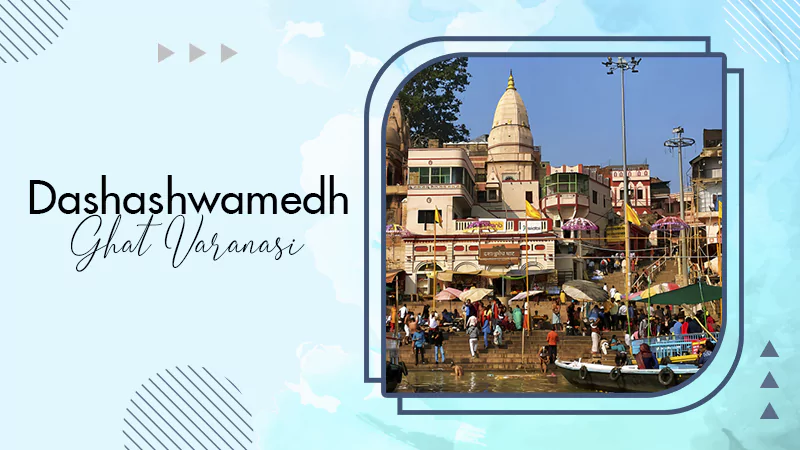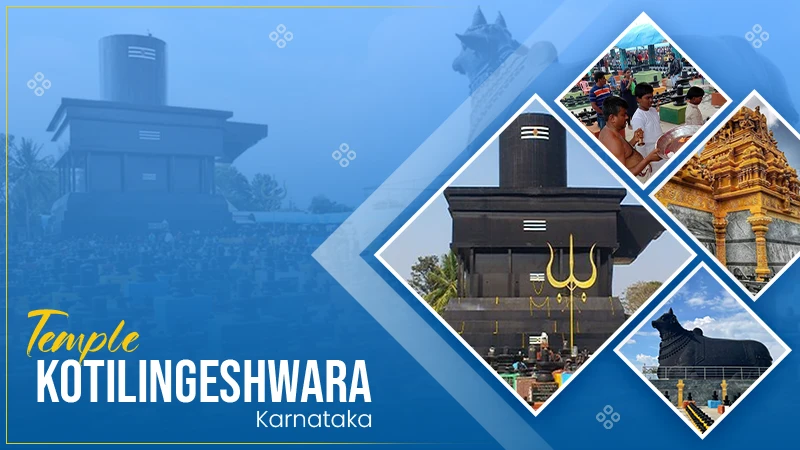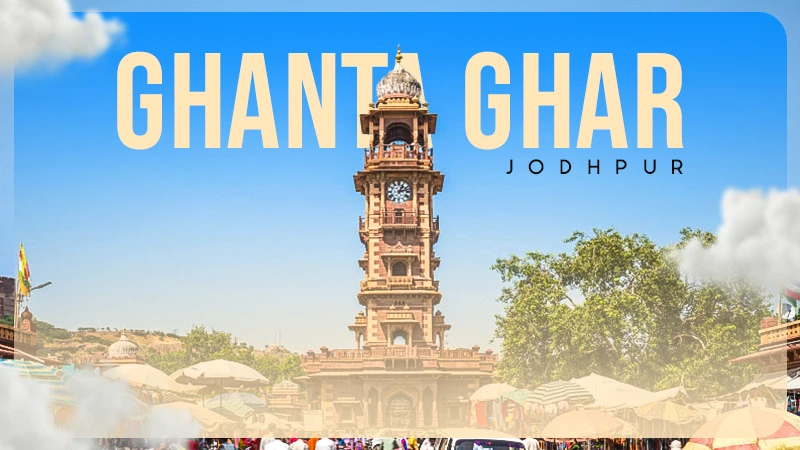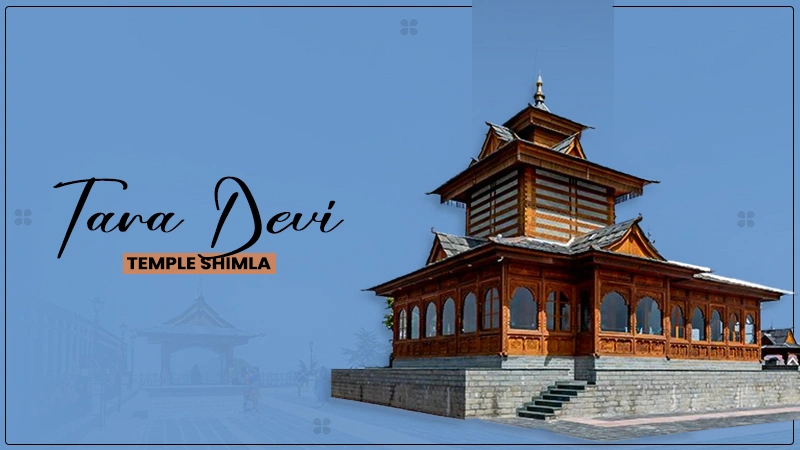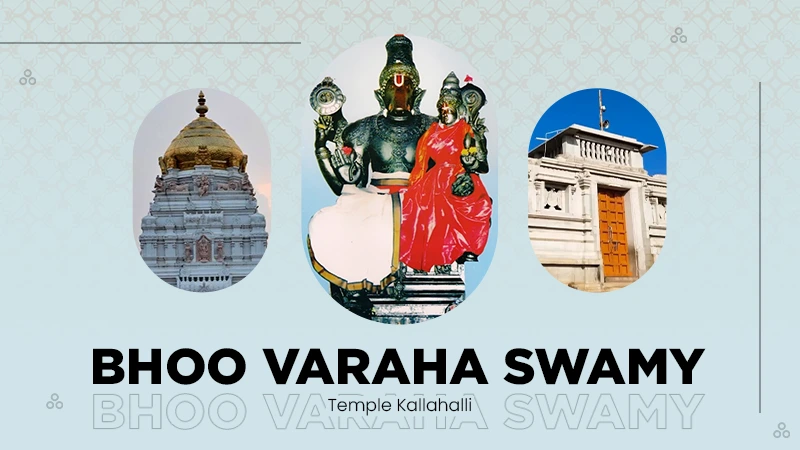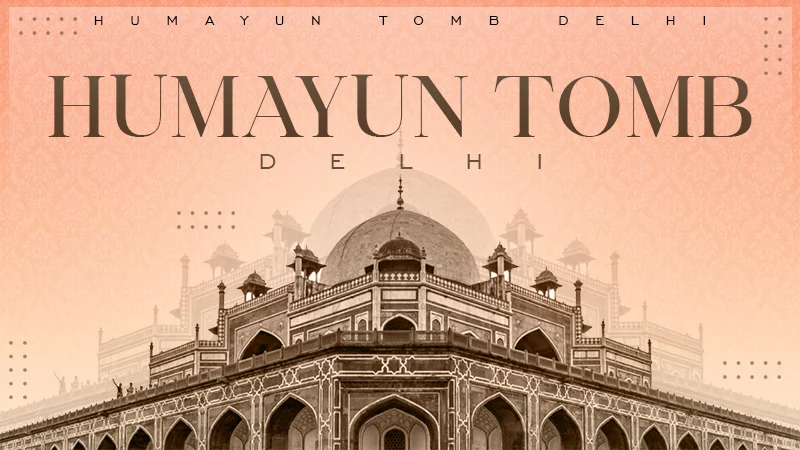
Among many architectural marvels that Delhi takes pride in, Humayun Tomb is a “numero uno” hotspot.
It’s an absolute must-visit if you’re in the capital.
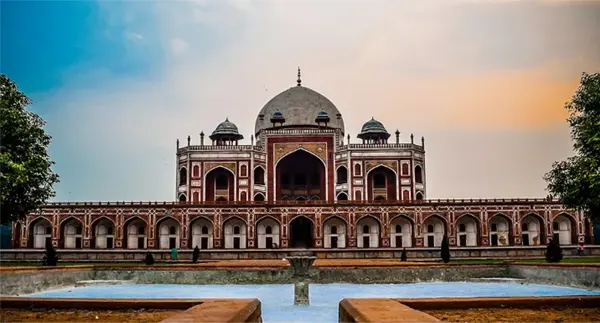
Bringing a cocktail of history, beauty, and tranquility, Humayun Tomb Delhi shares a deep connection with India’s glorious past and transports you into a different era altogether.
If you’re a fan of history and take delight in experiencing the magic of ancient architecture, this is a place you shouldn’t miss. Visit this fun place with your friends and you will have an amazing day.
Humayun’s Tomb History
Let’s start with a bit of background.
Humayun, the second Mughal emperor, ruled over a significant part of India from the early 16th to mid-18th centuries. After a tumultuous rule with several ups and downs, he died in 1556.
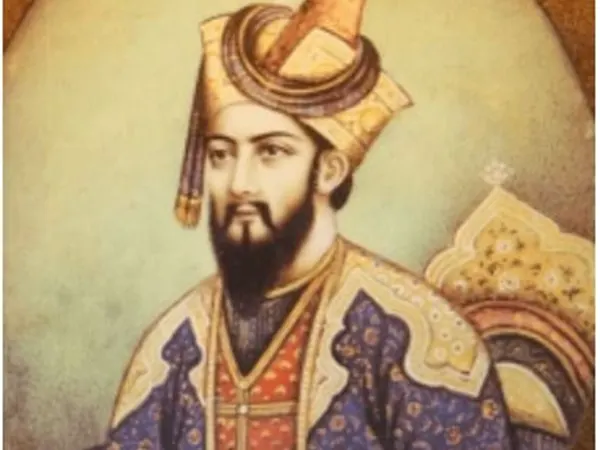
His wife, Empress Bega Begum, also known as Haji Begam, was left shattered and heartbroken by his demise. To ensure he’s remembered long after his death, she vowed to construct a magnificent tomb in his memory.
The construction of the tomb started in 1565, nine years after the death of Humayun, and it was completed in 1572. This project was a massive one, requiring enormous capital and thousands of workers.
The tomb’s design was conceived by a Persian architect, Mirak Mirza Ghiyas, who referred to the finest details of Persian architecture. The influences of Persian architecture can easily be spotted in the tomb’s design.
Humayun’s Tomb is spoken highly of during every discourse on Mughal architecture. As one of the first garden tombs to have ever graced the Indian subcontinent, it set the right precedent for other Mughal architectural projects that followed, including the Taj Mahal.
Humayun’s Tomb Architecture
Now, let’s talk about Humayun Tomb architecture, because it’s truly distinctive in every way making Humayun’s tomb, one of the most beautiful places in India.
The monument is surrounded by a large, highly symmetrical garden of four equal quadrants called “Charbagh.” The garden’s design is quintessentially Persian and is divided into four main sections via pathways or water channels. The Charbagh symbolizes the concept of an earthly paradise, a theme recurrent in Islamic architecture.
The tomb itself is a two-story edifice made of red sandstone and white marble. The color combination of red and white looks incredibly stunning, more so when lit by the Delhi sun. Crowning the monument is a giant white marble dome that rises magically against the sky, creating a striking view that can be seen from a distance.
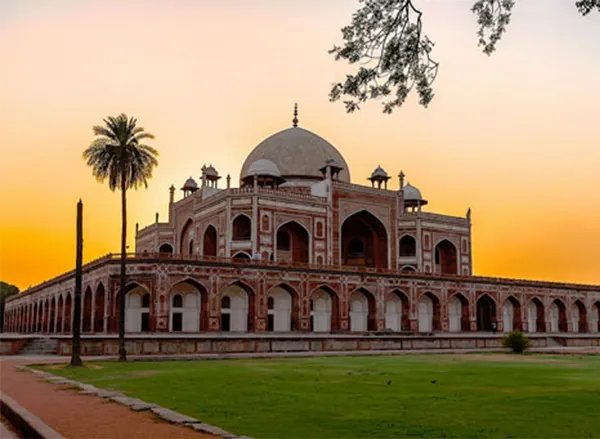
Step a little closer, and you’ll notice the intricate detailing. There are mosaic floor and wall tile decorations, jali: carved stonework, screens, and designs in the marble. The cenotaph of Humayun is established in the central chamber of the tomb and is built on a plinth.
The actual burial chamber, however, is in a crypt below. This two-tiered design is again a takeaway from Persian architecture, underscoring the impressive grandeur and sanctity of its interiors.
This is accompanied by other smaller structures, including the tomb of Isa Khan and a noble of the Sur dynasty, which was built before Humayun’s Tomb and offers insights into the evolution of Mughal architecture.
Things to See in Humayun’s Tomb Today
Humayun’s Tomb is one of the top tourist hotspots in New Delhi, attracting a steady stream of visitors around the year. It’s currently run and maintained by the Archeological Survey of India (ASI).
In the year 1993, it gained the most revered status of being a UNESCO World Heritage Site for its deepening cultural and historical impact.
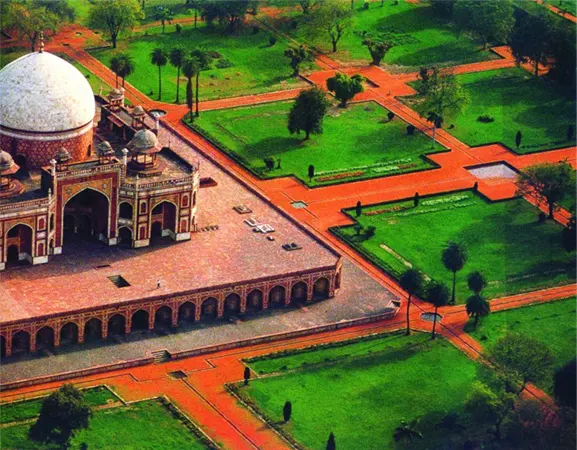
If you visit Humayun’s Tomb after dusk, you can see it all lit up in a way that mimics the moonlight. Since 2018, the monument has been shrouded in illumination for that perfect night viewing our hearts crave.
Following is the complete list of the things to see and experience in the tomb complex if you visit it in 2024.
- Charbagh Garden: Symmetrical paradise divided by walkways and water channels.
- Humayun’s Cenotaph: Elevated central chamber with the true burial below in the crypt.
- Isa Khan’s Tomb: Predates Humayun’s Tomb, offering a glimpse into early Mughal architecture.
- Barber’s Tomb (Nai-Ka-Gumbad): A smaller tomb within the complex, elegant and understated.
- Humayun’s Gate: A grand entrance that sets the tone for the visit.
- Nila Gumbad: Nearby Blue Dome with unique glazed tiles.
- Arab Sarai: Historical housing for craftsmen.
- Afsarwala Tomb: A tomb and mosque complex reflecting Mughal architecture.
- Bu Halima’s Tomb: Lesser-known structure adding to the historical richness.
- Echo Dome: An acoustic marvel offering a unique sound experience.
- Cenotaph of Hamida Begum: Resting place of Humayun’s beloved wife.
- Cenotaph of Dara Shikoh: Tomb of Shah Jahan’s eldest son.
Humayun’s Tomb Timings
Humayun’s Tomb lies straight in the heart of Delhi, making this well-connected monument highly accessible from all areas of the capital.
It’s conveniently located opposite the Dargah of Nizamuddin on Mathura Road. The address is Mathura Road, Opp. Dargah Nizamuddin, Nizamuddin, Nizamuddin East, New Delhi, Delhi 110013.
This historic site is open to visitors every day of the week. Humayun Tomb timings are consistent throughout the week, with the tomb accessible from 6:00 am to 6:00 pm daily.
This schedule allows for ample opportunities to explore this UNESCO World Heritage Site and experience the rich history and Mughal architectural splendor that it’s awash with.
Humayun Tomb Entry Fee
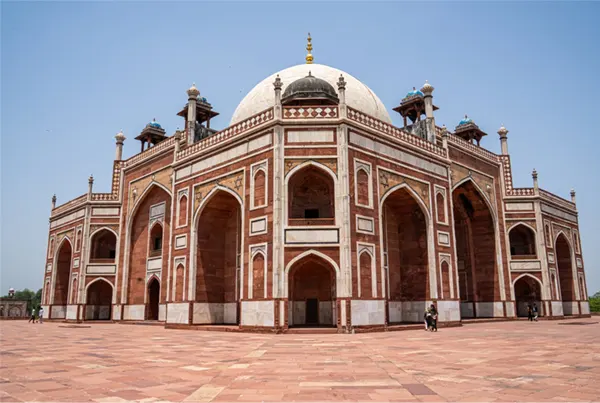
Visiting Humayun’s Tomb is a lighter-on-your-pocket adventure. In other words, Humayun Tomb’s ticket price is relatively affordable, ensuring locals can visit the monument without having to worry about money.
On the other hand, international visitors are required to shell out a tad extra, reflecting the site’s significance and the cost of its maintenance and preservation.
The entry fee for Indian citizens is INR 30, while for foreign tourists, the price goes up to INR 500. Children below the age of 15 can enter for free, making it a family-friendly destination.
Interesting Facts About Humayun Tomb in Delhi
Humayun’s Tomb might look like any other Mughal monument like Red Fort or Purana Qila, but in reality, it’s far more enigmatic, richly steeped in history, and is one of the firsts in many aspects. Here are a few facts that everyone must know about it.
- First Garden Tomb in India: Humayun’s Tomb is recognized as the first garden-tomb on the Indian subcontinent.
- Inspiration for the Taj Mahal: The architectural style of Humayun’s Tomb significantly influenced the design of the Taj Mahal, one of the most iconic monuments in the world.
- Royal Burial Ground: Humayun Tomb Delhi isn’t dedicated to the memory of only Humayun. In fact, the monument houses over 150 Mughal family members.
- Immaculate Symmetrical Design: The entire tomb complex is a masterpiece of symmetry, with the main tomb situated at the center of the garden, and the pathways and water channels meticulously laid out to maintain perfect balance.
- A Witness to Major Historical Events: Humayun’s Tomb witnessed several historic events, including the battle between British troops and the last Mughal emperor, Bahadur Shah Zafar, during the Indian Rebellion of 1857.
Parting Thoughts
Humayun’s Tomb in Delhi is another excellent example of Mughal architecture and historical structure. The Mughal architectural style in the tomb and Persian design along with the gardens have a high historical significance, making it a great monument.
As one of the UNESCO World Heritage Sites, it remains one of the most stunning locations, enchanting tourists with its magnificent architectural designs and history associated with the Mughals.
Is Humayun Tomb open today?
Humayun’s Tomb is open to visitors every day of the week from 6:00 am to 6:00 pm.
What is unique about the architecture of Humayun’s Tomb?
The tomb combines Persian, Turkish, and Indian architectural styles. It features a grand red sandstone and white marble structure with intricate latticework (jali) and is set in a symmetrical Persian-style garden known as Charbagh.
Can I take photographs at Humayun’s Tomb?
Yes, visitors can take photographs. Photography is allowed and absolutely free inside the complex. The stunning architecture and lush green gardens provide a perfect backdrop for photo sessions.
Is videography allowed in Humayun’s Tomb?
Yes, videography is allowed inside the complex. However, it may require permission and might involve an extra fee of INR 25, especially for commercial purposes.
Are drones permitted for aerial photography and videography?
Using drones is generally restricted for security reasons. Hence, special permissions might be needed for drone use. Always check with the relevant authorities before planning to use a drone.
Which is the nearest metro station to Humayun’s Tomb?
The nearest metro station to Humayun’s Tomb is the Jawaharlal Nehru Stadium Metro Station on the Delhi Metro’s Violet Line. From there, it’s a short auto-rickshaw or taxi ride to the tomb. Another nearby option is the Jangpura Metro Station, also on the Violet Line. Both stations provide easy access to the historic site.

